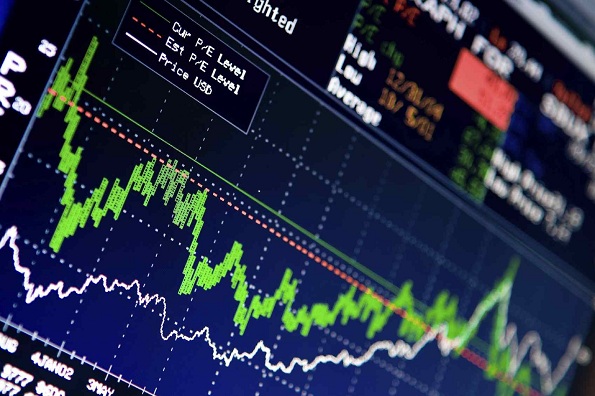Russia corporate bonds to find new buyer after downgrade to junk

By Bloomberg
Russia’s $63 billion of investment-grade corporate bonds may find a new buyer in Rogge Global Partners if they follow the sovereign in getting downgraded to junk.
Rogge will consider buying OAO Lukoil notes if the credit rating of Russia’s second-largest oil producer is also lowered to Ba1 at Moody’s Investors Service, said David Newman, the head of global high-yield debt at Rogge, which manages $55 billion. According to Newman’s calculations, Russia’s share in the Bank of America Merrill Lynch Global High Yield Index may rise to as much as 5.5 percent from 1.9 percent once its corporate bonds are downgraded.
“Clearly the big names are coming down, so Russia will become a bigger part of a global high yield benchmark,” Newman said by e-mail on Wednesday. He said he usually looks to keep his portfolio within 10 percent of the Merrill Lynch gauge. “If you are a benchmark hugger, there will be demand.”
Newman’s comments highlight how a downgrade to junk can have a silver lining to it: As buyers of investment-grade debt pull out, a new investor base moves in that offsets some of that lost money. Russian debt faces as much as $4.5 billion of outflows from funds that track Barclays Plc’s investment-grade Global Aggregate Index, the index provider said this week. Standard & Poor’s cut Russia to junk in January.
Junk Funds
BofA Merrill didn’t immediately respond to an e-mailed request for comment on whether it plans to increase Russia’s weighting in its high-yield gauge. About 36 percent of Russia’s foreign-currency corporate bonds, issued by companies including OAO Gazprom and OAO GMK Norilsk Nickel, are rated investment- grade by Moody’s, data compiled by Bloomberg show.
“Russian debt can now be in junk bond funds too, so it closes off a relatively large pool of investors, but it opens up new ones,” Neil Shearing, the London-based chief economist for emerging markets at Capital Economics Ltd., said by phone on Feb. 23.
The yield on Lukoil’s dollar-denominated securities due in April 2023 has climbed 45 basis points since the day before the Moody’s cut to 7.50 percent, trimming its decline this month to 116 basis points. That compares with an average yield on the BofA high-yield index of 6.15 percent on Feb. 24.
Some investors with appetite for speculative debt already took positions in Russian bonds after sanctions over the conflict in Ukraine and a rout in oil pushed bonds to trade more than 250 basis points above Treasuries.
That’s the spread Azhar Hussain, the head of global high yield at Royal London Asset Management Ltd., uses to decide on holdings in his portfolio. Lukoil’s dollar bonds maturing in April 2023 yield 541 basis points above Treasuries, according to data compiled by Bloomberg.
“We already look at Russian credits as part of our global high-yield mandate,” Hussain said by e-mail on Feb. 24. “The issue is pricing the impact of future political developments on these companies.”
